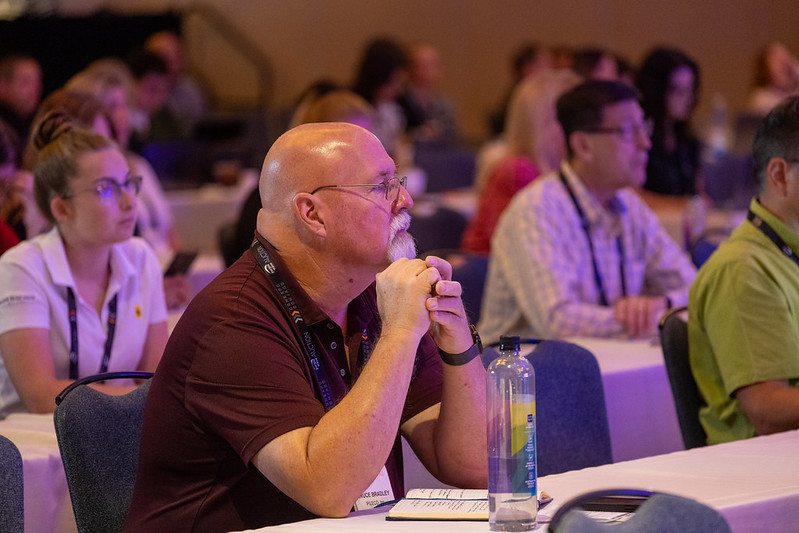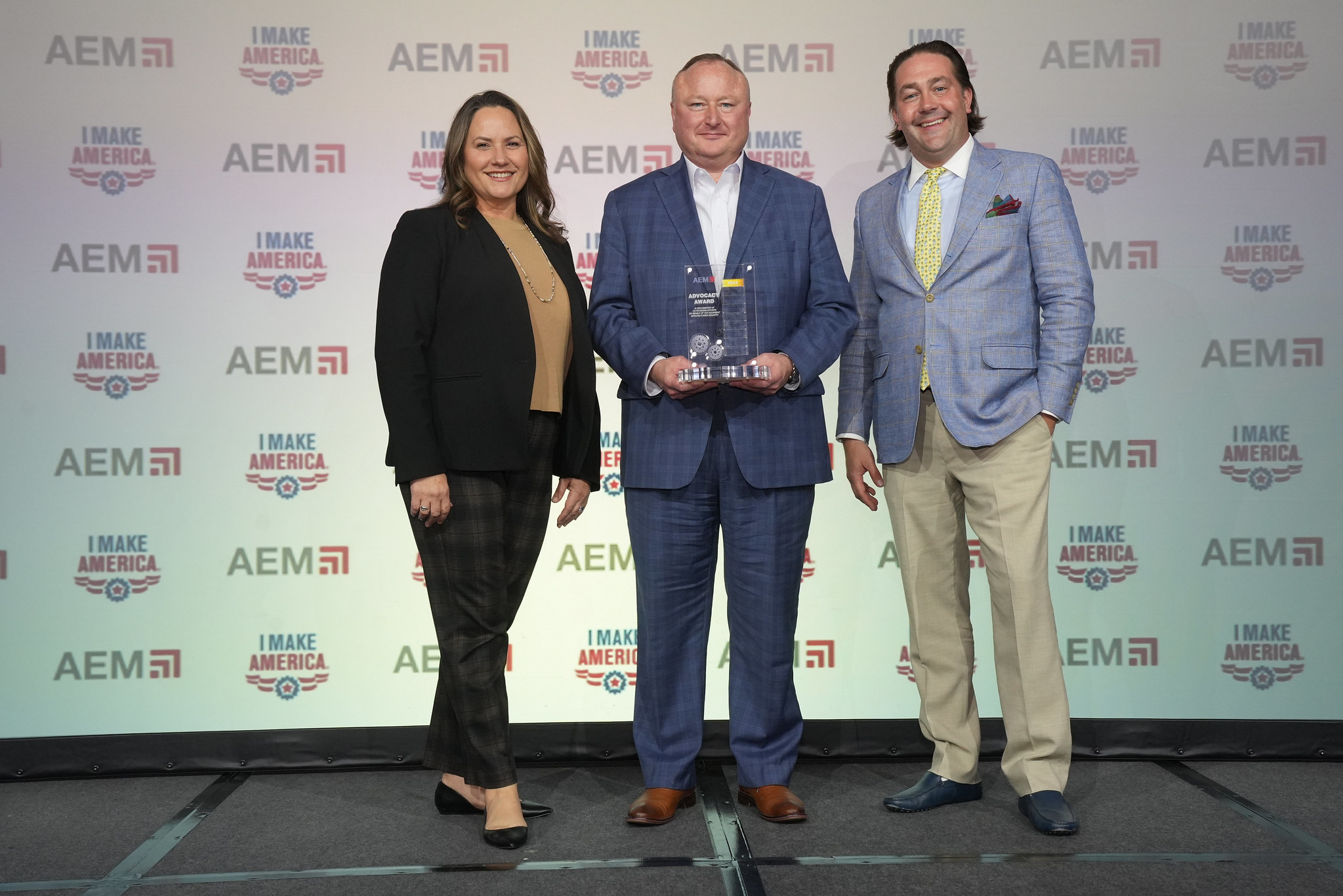By Curt Bennink, Senior PR Editor, Lessing-Flynn —
Your brand isn’t just what you define it as. It also depends heavily on customer perception. What they feel in their hearts and guts when they hear your company name encapsulates who you are, whether you like it or not. In established construction and agricultural sectors, customers often have well-established feelings about the equipment brands they use regularly — and those they don’t. Even so, you do have some control over your brand image and narrative. Are you actively shaping your brand’s values and identity or are you letting the market define them for you?
Ready to take control? Examine your current brand perception. Start by evaluating your reputation. Does it align with your established brand values? Does the marketplace understand what differentiates you from other equipment or service providers? Do your dealers and customers share these sentiments?
Customers in the construction and agricultural sectors form close-knit communities and readily exchange information and opinions about product performance, reliability, and support (or lack thereof). They have a keen ability to discern and reject branding that doesn't accurately represent their actual experiences.
How Negative Brand Perceptions Happen
If your existing brand identity doesn't align with your desired one, it's essential to conduct an honest evaluation. Determine whether the misalignment is rooted in genuine shortcomings or misconceptions. It's possible that research findings may not correspond with your personal or organizational viewpoints. However, ignoring negative perceptions and blind spots is a perfect way to make sure they stick around.
Years ago, I interviewed a contractor who shared that his latest rough-terrain lift incorporated impressive technology that should have given the equipment supplier an edge over the competition. Then, he told me the machine wasn’t allowed out of the yard. If it broke down on a remote site, he would have to wait days for parts. This customer’s experience reflected a genuine issue — and it deeply influenced his perception of the brand.
Rebuilding a Brand
Overcoming undesirable brand perceptions rooted in fact requires a look inward to create ways to solve or mitigate these issues. Addressing these challenges allows you to share a fresh brand narrative. That’s why many brands humbly say, “We heard you loud and clear, and that’s why we are committed to change.”
Credible sources can help convey an authentic narrative while you work to address negative brand perceptions. Dealer and customer job stories and testimonials remain pivotal elements in successful OEMs’ brand and content strategies, helping to clarify misunderstandings, and reinforce the brand's credibility.
Alongside those testimonials, a bold advertising message can provoke the audience to reconsider preconceived notions. These are campaigns designed to make customers think again. While the audience might not be immediately swayed, the message gains traction when supported by brand advocates in the field and on social media, potentially leading to shifts in attitudes over time.
No brand is 100% defined by the past. Evolving your brand is possible, but it demands dedication. Just because your brand hasn’t been previously recognized as a leader in sustainability or cutting-edge technology doesn’t mean you cannot forge that narrative. Especially if your company is fully committed to investing the resources to bring about a new chapter for your company and brand.
Decide When to Take a Stand
You can also define your brand’s identity by openly sharing the core values that matter to your organization. However, OEMs must exercise caution and thorough consideration before taking action in today’s landscape.
If you intend to address a significant industry, socioeconomic, or cultural matter, you must follow through. Every aspect of your corporate and brand identity must wholeheartedly embrace the issue. Otherwise, you risk being branded as disingenuous or, worse, entirely disregarded.
Before you speak out, assess the relevance of the issue to your business against the potential risk. Weighing in on topics that have a direct impact on your business — such as infrastructure bills, environmental regulations, or tariffs — will typically create little controversy. Diving into more polarizing issues unrelated to your business is riskier. Do the employees view the topic in the same light as management? What are the potential risks versus the perceived upside? These are decisions that should not be taken lightly.
Many public relations professionals have decision-making tools, such as go/no-go charts, to assist management in determining whether they should engage with a particular issue.
No matter what you do, remember that your brand is not merely what you project. It’s not simply an advertising or public relations campaign trumpeting your superior products and legacy of innovation. These things certainly influence public perception and brand awareness. But who you really are can only be found in the hearts, minds, and guts of your customers. Winning them over as satisfied equipment owners will continue to be the key to sustaining brand loyalty.
Curt Bennink is senior PR editor at Lessing-Flynn, the longest-standing independently owned advertising agency in America. Bennink has been a staple in the construction media industry for 25 years, serving as an editor for various publications before joining Lessing-Flynn in March 2022.
Photo credit: DCI Group
For more perspectives from AEM members, subscribe to the AEM Industry Advisor.





